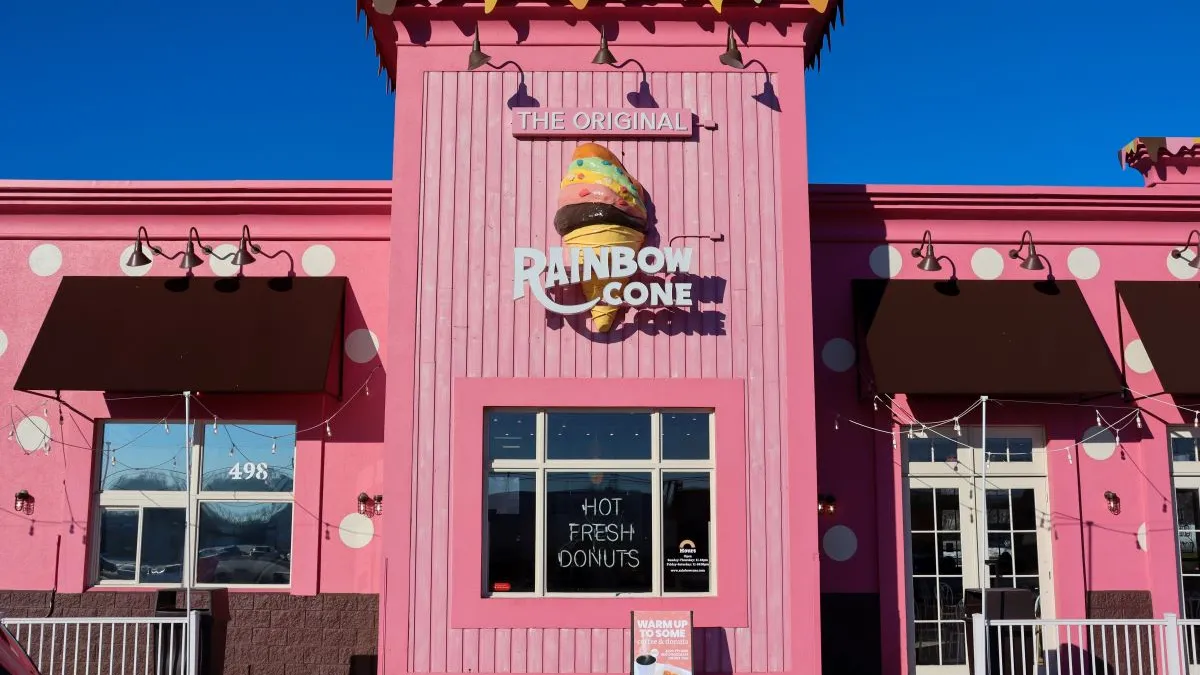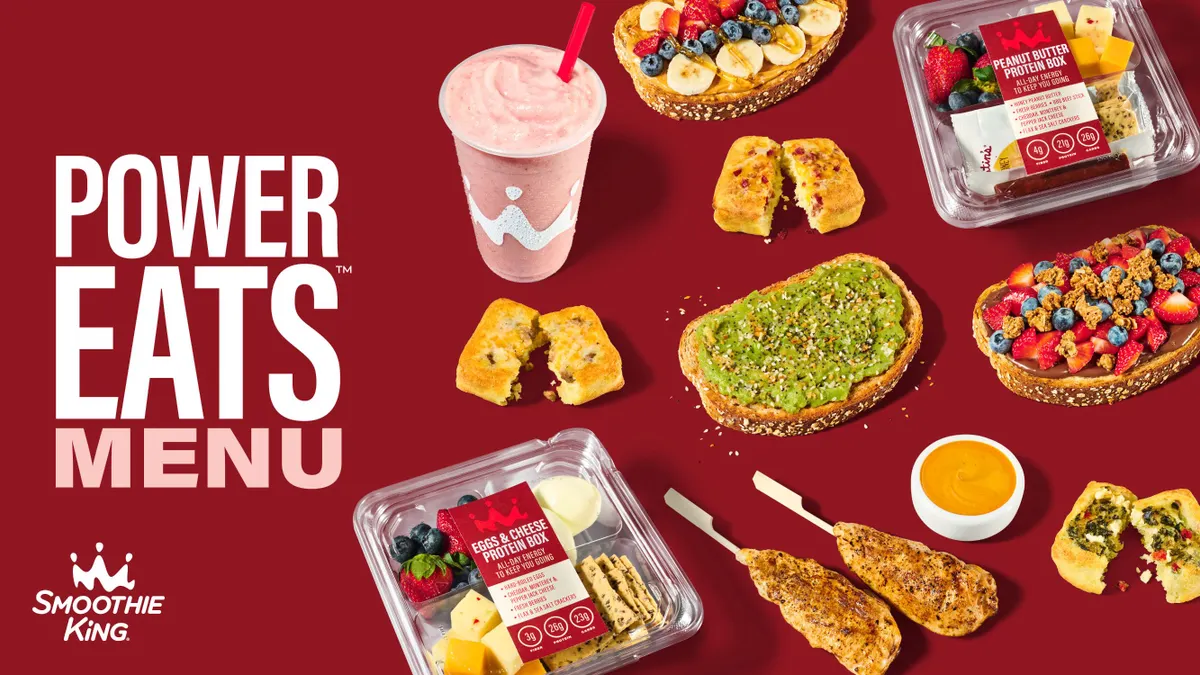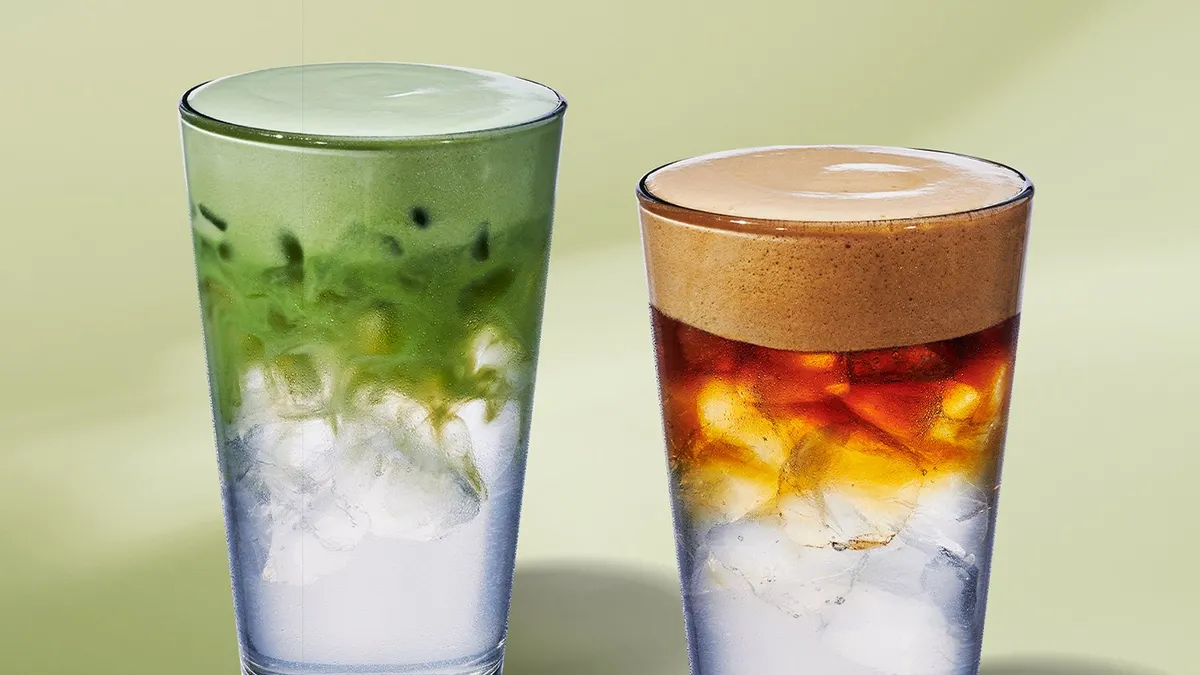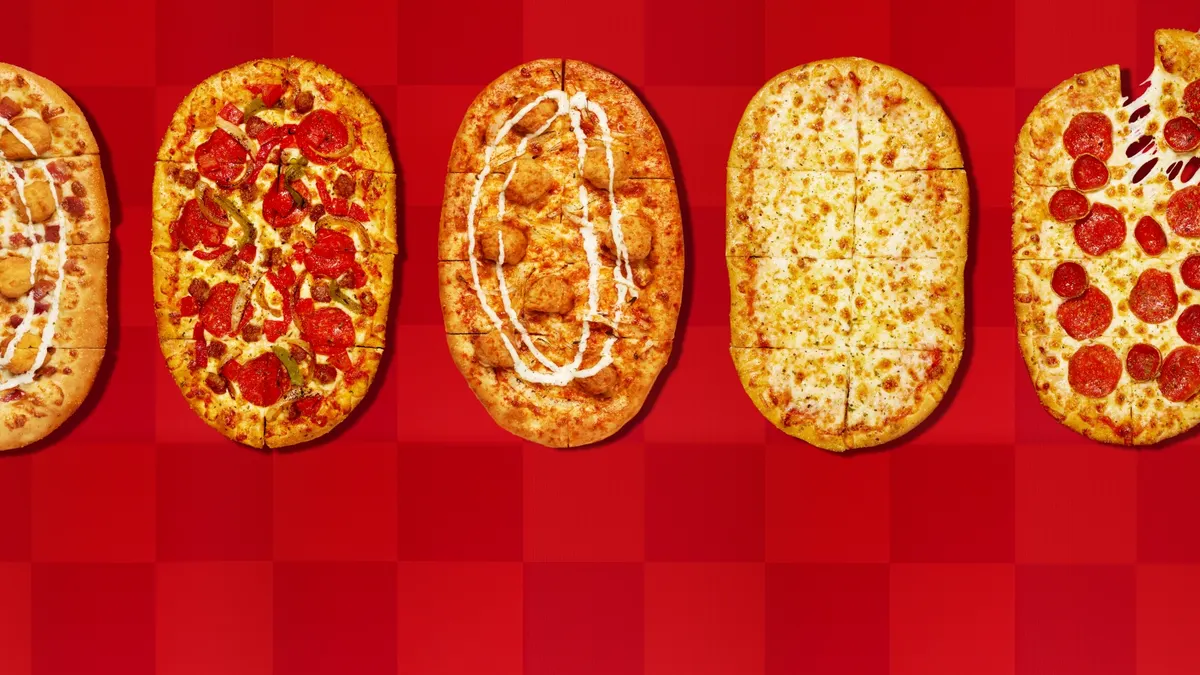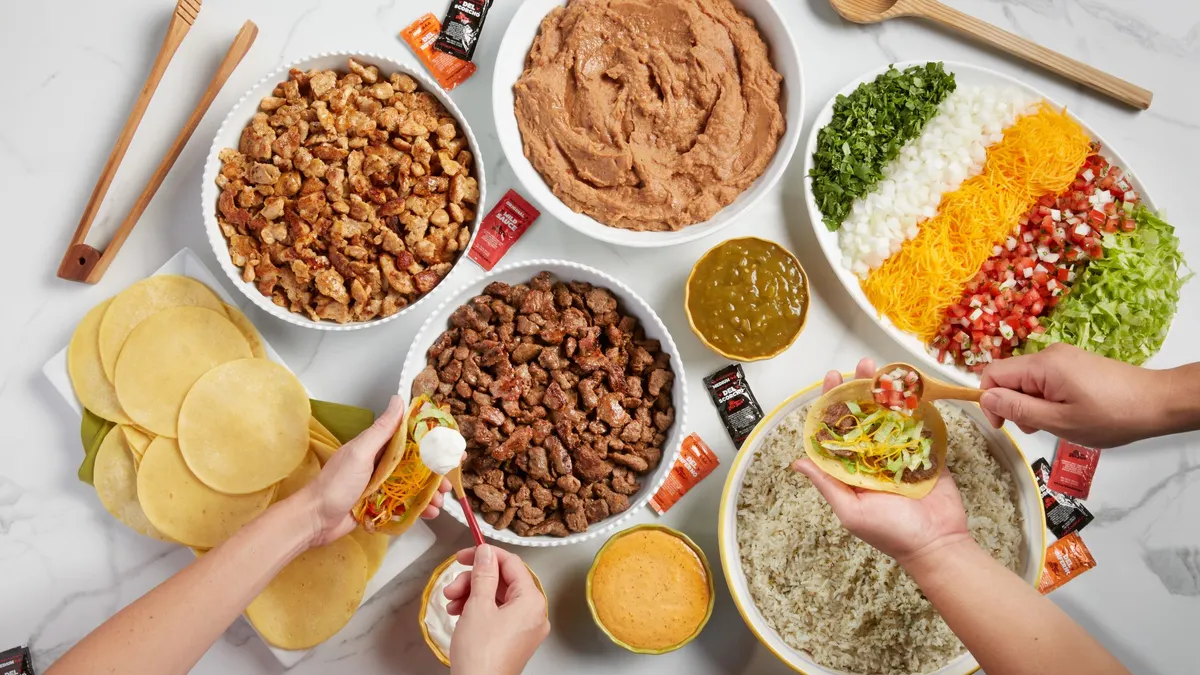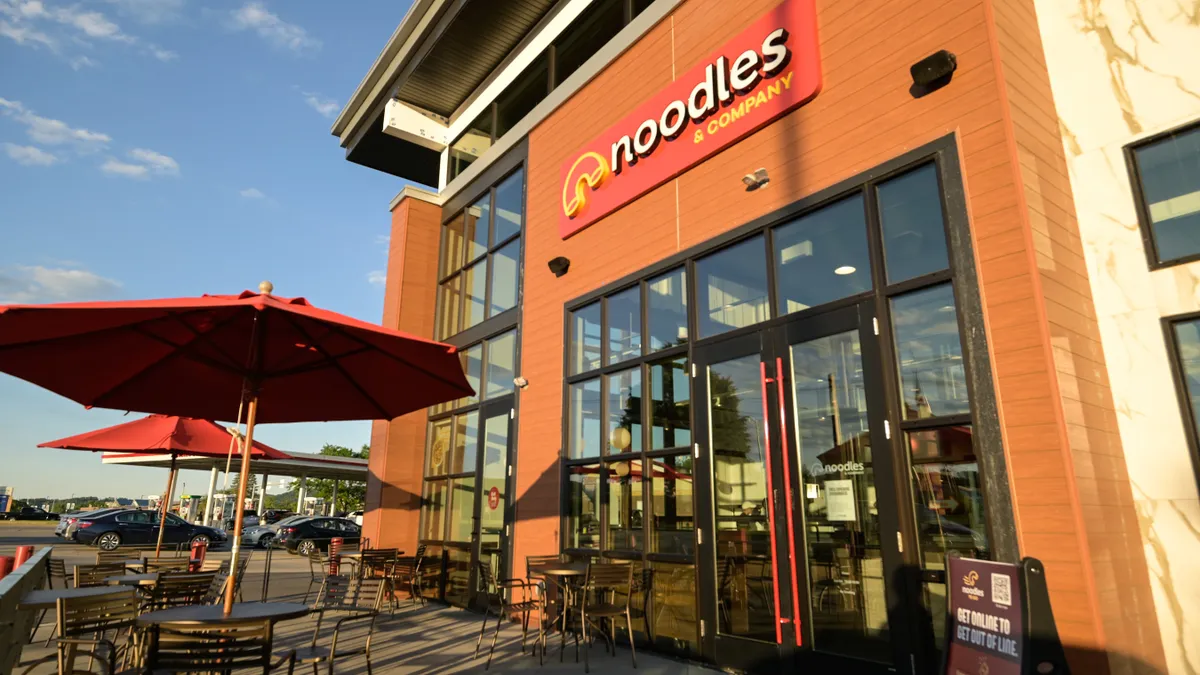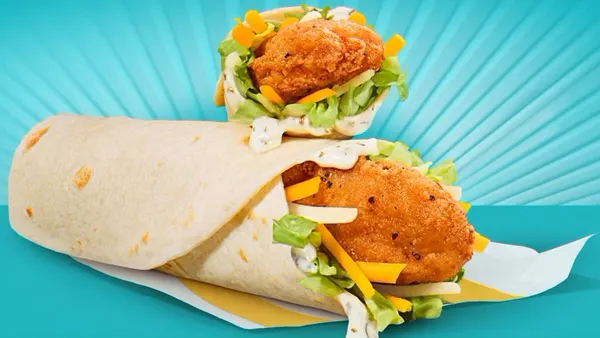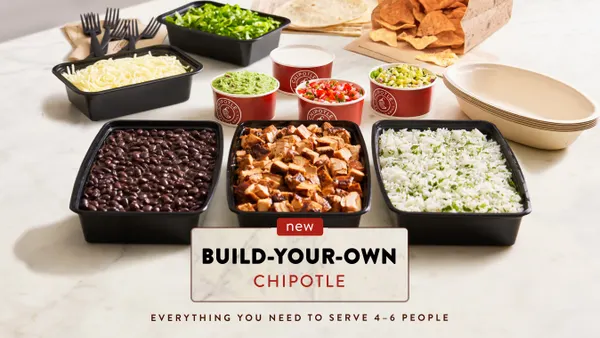On an understated corner of Western Avenue in the Beverly neighborhood of Chicago sits a pink building that has become a Chicago establishment. The Original Rainbow Cone has served five-layered ice cream cones, with slices of chocolate, strawberry, palmer house, pistachio and orange sherbet, since 1926.
Nearly 100 years after its opening, third-generation owner Lynn Sapp saw an opportunity to expand her family’s legacy through a strategic partnership with Buona Companies in 2018.
In 2021, Buona Companies built locations for the ice cream brand across Chicagoland and in new markets, creating formats that included a kiosk and drive-thru. Buona developed new store designs, adding polka dots to the pink exterior and murals and other colorful decor to interiors, said John Buonavolanto, director of sales at Buona Companies.
In the last three years, Rainbow Cone grew from one location to 20, with another 30 in development via franchisees across Texas, Florida, Tennessee, Indiana and Wisconsin. Within the next five years, Rainbow Cone will have 100 locations nationwide, he said.
Rainbow Cone’s rapid expansion represents a larger trend within dessert shops. Chains like Nothing Bundt Cake, Dirty Dough Cookies, Sprinkles, Schmackary’s and Jeremiah’s Italian Ice have big plans for growth in the next five-plus years. Crumbl, which began in 2017, opened its 1,000th location earlier this year.
“I think there’s a lot of innovation in the dessert space right now, particularly with ice cream,” Buonavolanto said. “You’re seeing a lot of different brands pop up with fun flavors and different offerings.”
Dessert shop openings were up over 50% from May 2023 to April 2024, according to Yelp data, related concepts like shaved ice were up by double-digits. Concepts that focus on pancakes, waffles, crepes, ice cream, frozen yogurts and donuts also increased their openings.
“Instead of going out for a very expensive, high-end meal at a high-end restaurant, dessert is something that you can treat yourself that is still affordable,” said Alison Lin, Yelp’s head of restaurants.
Gen Z consumers tend to lean into social media for both discovery and sharing of dessert items, which helps drive awareness of shops and flavor trends.
Rainbow Cone is very popular on social media, Buonavolanto said. People often take a picture of themselves in front of a mural wall and create a post on social media.
“We updated the store design to be very vibrant, taking that essence of the rainbow cone — the fun, colorfulness of it — and then applying that to the store design,” Buonavolanto said. “We created a lot of these different photo opportunities … that made it a fun, interactive, memory building experience for our customers.”
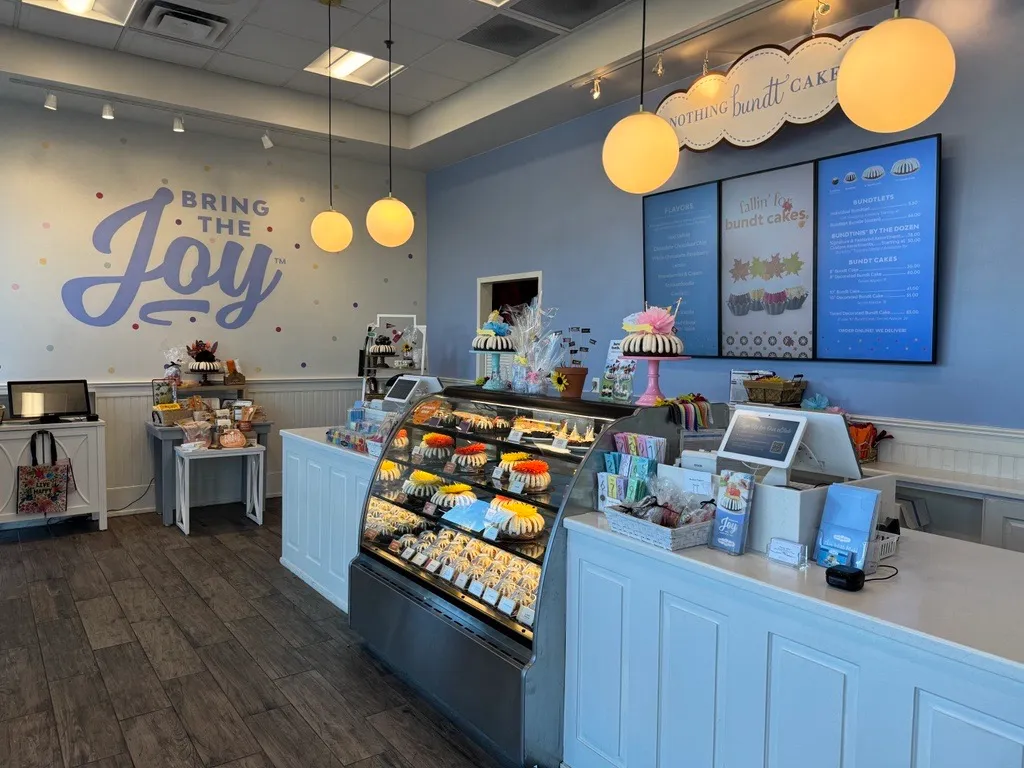
Why desserts are growing
Even though consumers are pulling back on overall spending, they still view treats and desserts as worth the spend.
“Splurging for a ‘little treat’ has become a powerful coping mechanism as Millennials and Gen Z face the challenge of uncertainties,” Nothing Bundt Cake CEO Dolf Berle said.
According to a survey from Datassential, 53% of consumers said they had dessert within the past day while 18% said they eat desserts at least once a day.
“In times of economic uncertainty, consumers may cut back on larger expenses but still indulge in smaller treats to maintain a sense of normalcy and enjoyment,” Berle said.
Nothing Bundt Cakes, which set a goal of reaching 1,000 units by 2027, opened its 600th unit in June and is aiming to open 150 units annually. The chain plans to heavily invest in digital so it can resonate better with older and younger guests, Berle said.
“We know that our awareness with guests, even in towns where we already have a bakery, is well under 50%,” Berle said. “As we develop our social and digital presence, we believe our bakeries will push to higher heights financially.”
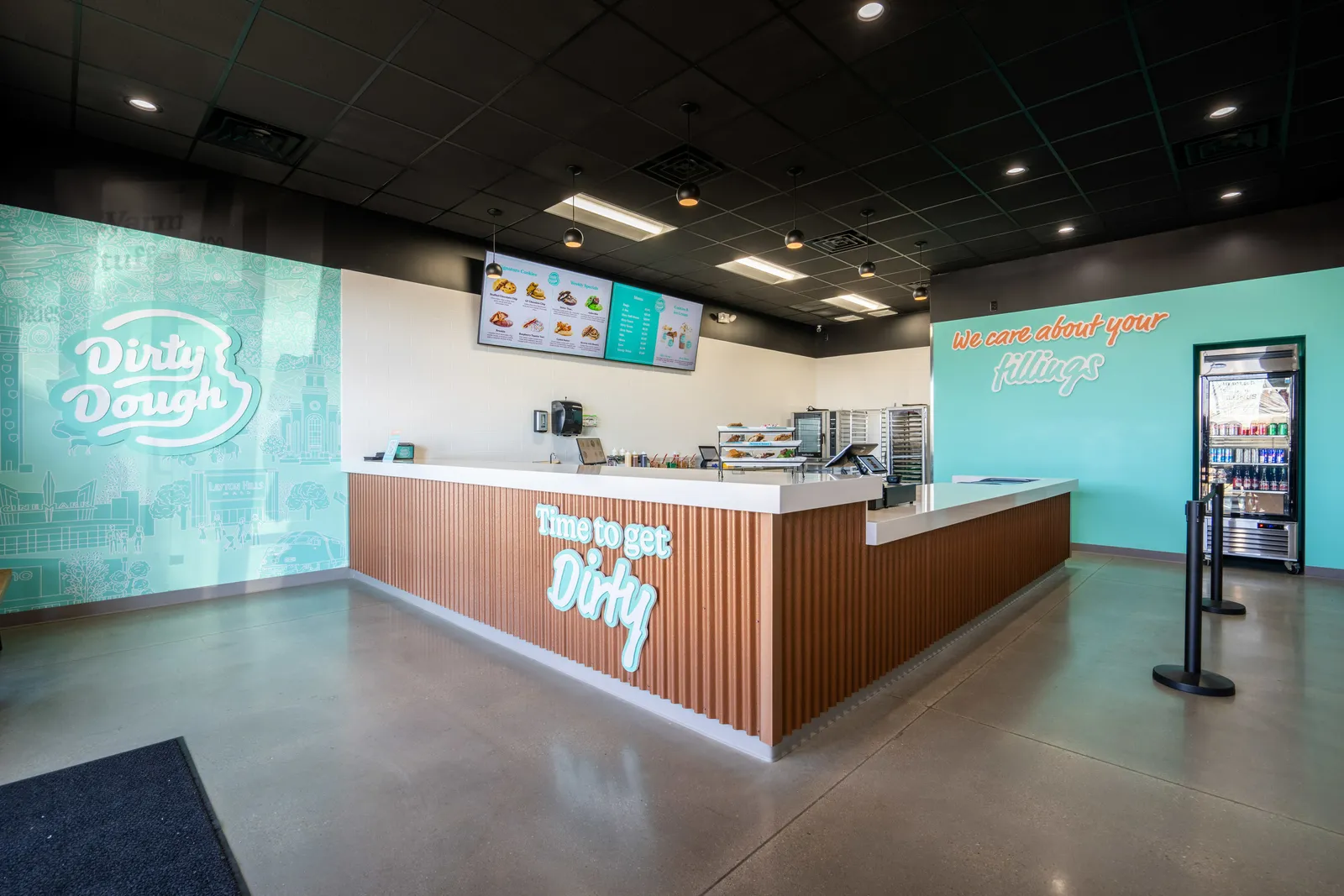
The business case for dessert concepts
The growth of dessert chains is fueling interest from investors and franchisees as well. Treat shops tend to be simple business models and usually sell a very limited product mix that leads to efficiencies, said Erik Herrmann, partner and head of the investment group at CapitalSpring, which has invested in dessert concepts in the past.
Dessert concepts typically occupy small formats that lead to cost efficiencies and better returns on capital.
Craveworthy Brands CEO Gregg Majewski said he was attracted to Dirty Dough not just because he wanted to round out Craveworthy Brands’ portfolio with a snack item, but also because he wanted a consumer product brand that could expand into grocery stores.
Owning the production of its cookies allowed the brand to act as a wholesaler and to add to other foodservice brands on top of that. It also gave existing franchisees another concept that they could pair with, Majewski said.
Five years from now, Majewski envisions having 500 to 700 units, stocking Dirty Dough’s products inside grocery stores across America and having an established private label business. The concept is already present coast to coast, and Majewski wants to fill in markets with the right density and income, which could eventually lead to 1,200 to 1,500 locations.
Rainbow Cone is seeing a strong mix of single- and multi-unit operators signing up for stores. About 75% of its mix is multi-unit agreements. Opening three or more locations over a couple of years is the best way to expand into a new market, Buonavolanto said.
Rainbow Cone is easy to run and has a quick return on investment, he said.
“I think people need to stick to making sure they have the best people working for them, making sure they are giving good quality quick service and their recipes are not lacking and that they’re not trying to save money by using cheaper ingredients,” Buonavolanto said.
Not all concepts built to last
Despite their relative ease of operations, dessert shops are facing significant challenges. At Dirty Dough, construction has been slower than expected. Majewski expects 50 units to open this year, compared to a previous projection of 75 due to the challenges of finding small real estate — the brand typically needs 800 to 1200 square feet. He said that this size has never been very desirable to businesses, making it hard to find in the real estate market.
The chain sold 411 units in less than 18 months prior to its acquisition by Craveworthy, so now it’s a matter of getting franchisees open and moving.
There is also the challenge of maintaining strong sales trends. Single-concept dessert brands tend to spike and then drop, since there are only so many people who can come in for one item before the fad wears off, he said.
“Look at the trends in [frozen] yogurt, cupcakes and all these other ones,” Majewski said. “We want to maintain [sales] so we don’t see those drops, by having an assortment of items for guests.”
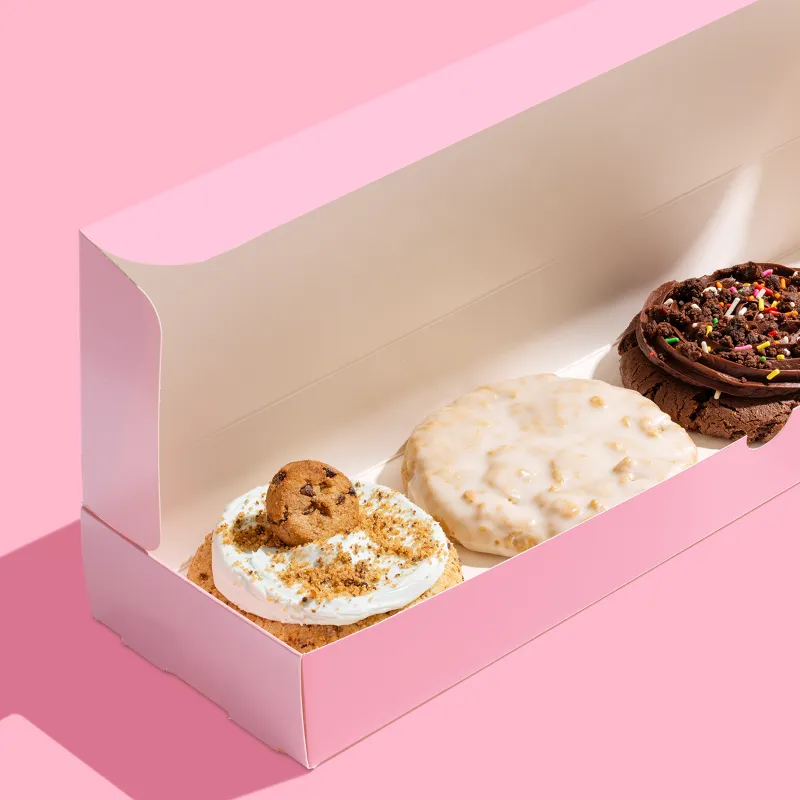
Concepts that have already grown quickly are starting to slow down. Crumbl reached its 1,000th location earlier this year, but saw slowdowns in its revenue growth last year. Crumbl closed seven locations in 2023 — the first closures in its history, according to QSR Magazine. Its average revenue for 571 out of 970 locations was $1.16 million in 2023 compared to $1.84 million the previous year, a decline of 37%.
Investing in these types of concepts is all about timing, Herrmann said.
“There’s a long history of hot concepts in the treat space that cease to become hot because the next new thing comes out,” he said.
Treat concepts are interesting places to invest, but potential investors just need to be aware of the greater swings in popularity compared to a typical restaurant business, like pizza or sandwich joints, where demand is more constant.
Adding more treats and flavors
One way to keep bringing people back is to add different flavors and categories that work well with the core menu. For example, drinks tend to be easy add-ons and have higher margins, and they tend not to add much operational complexity in terms of equipment, Herrmann said.
Any menu additions can help the business as long as it doesn’t change the complexity or investment cost for new equipment. Crumbl has diversified its menu with the addition of Cinnamon Squares, Tres Leches Cake and Carrot Cake.
“You’re adding occasions, you’re adding use cases, revenue layers to the business [and] to the menu. It diversifies the business and makes it maybe more sticky in terms of the demand side,” Herrmann said.
Dirty Dough has been adding items like Dirty Sodas with various rotating flavors like Carribean Crush, Dreamsicle Delight and Dirty Jr. In its test stores, dirty drinks make up 15% of total sales. It is also adding items like edible cookie dough and ice cream sandwiches. Some locations serve coffee drinks, like frappuccinos and espressos.
“We’re trying to become a cookie-centric dessert restaurant so people can come in multiple times,” Majewski said. “It’s all about traffic and this allows us to have a step up on the competition in the traffic sense.”
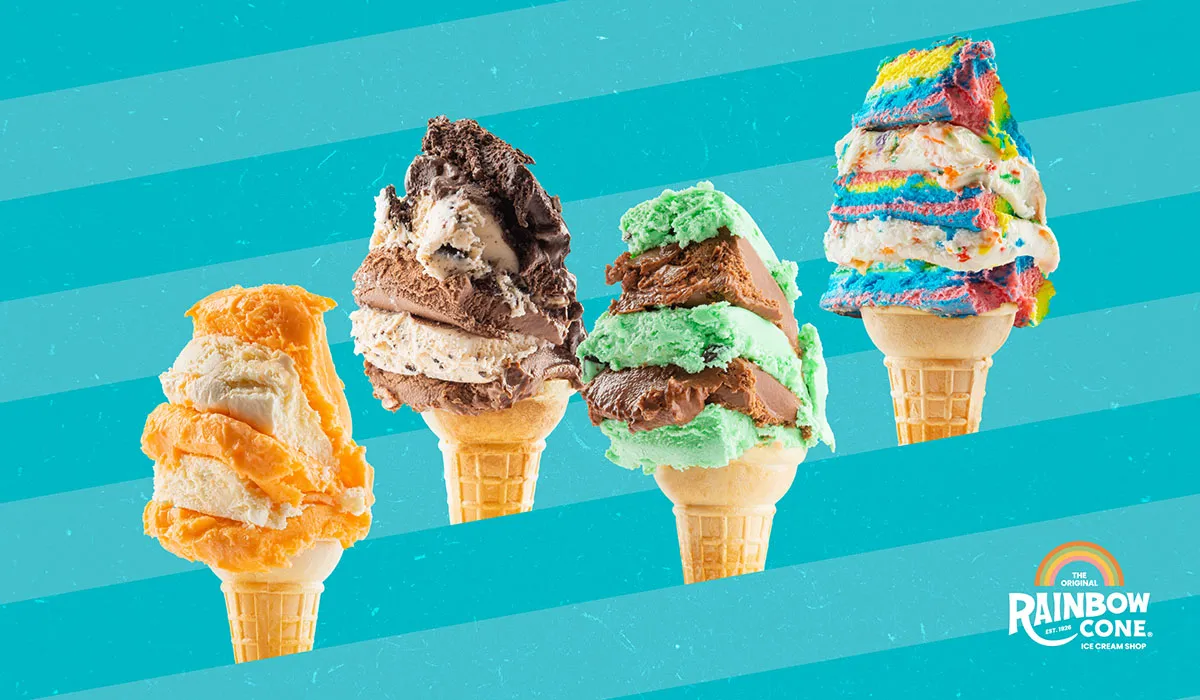
Rainbow Cone has also added new items over the past few years, most recently unveiling sliced creations, which are different flavors of stacked ice creams like Orange Dream, Chocolate Obsession, Minty City and Cosmic Birthday.
The chain added made-to-order mini doughnuts in 2021 and makes sundaes with them and can add them as a garnish on top of shakes.
“Those additional menu options are to be able to reach more customers,” Buonavolanto said.
The menu expansion has been well-received by customers and it “gives people a reason to try something new,” he said. Sales for the sliced creations have exceeded sales expectations, for example.
“People that can innovate and come up with new reasons for why you should go to their dessert shops or ice cream shops over others are going to be okay,” Buonavolanto said.



